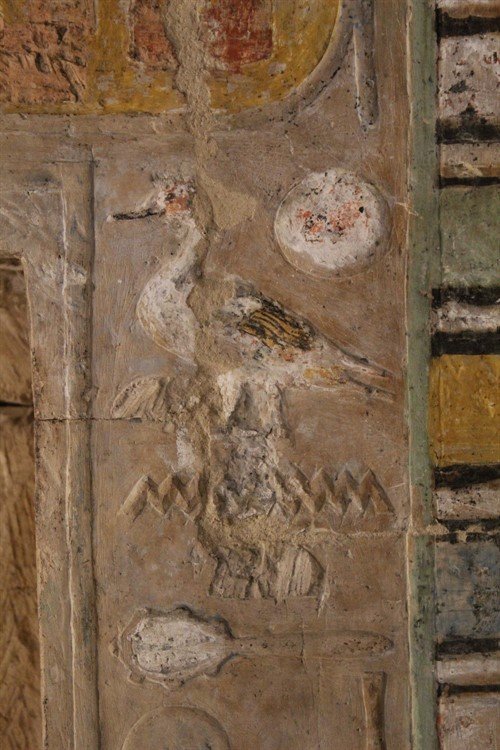News
Analysing the destruction of Hatshepsut’s monuments
 The destruction of Hatshepsut’s monuments has long intrigued scholars. Perhaps due to preconceptions regarding her gender, early studies tend to interpret this as the result of intense animosity by Thutmose III. Although recent findings have provided a healthy correction to this view, few studies have examined this phenomenon in an extensive manner. This project aims to systematically document and analyse the erasures found on Hatshepsut’s constructions, in order to gain a better understanding of the motivations and ideologies behind them.
The destruction of Hatshepsut’s monuments has long intrigued scholars. Perhaps due to preconceptions regarding her gender, early studies tend to interpret this as the result of intense animosity by Thutmose III. Although recent findings have provided a healthy correction to this view, few studies have examined this phenomenon in an extensive manner. This project aims to systematically document and analyse the erasures found on Hatshepsut’s constructions, in order to gain a better understanding of the motivations and ideologies behind them.
The vast majority of Hatshepsut’s monuments have complex histories that extended far beyond her reign. For instance, many were subject to attacks during the Amarna period, before being restored by subsequent rulers. Like other Pharaonic monuments, most of them were also targeted by iconoclasts following the advent of Abrahamic religions.
As a result, each scene on Hatshepsut’s monument tends to present an intricate ‘stratigraphy’ of its own: parts of the scene may be carved, re-carved, hacked out or plastered at various points; making it challenging to discern their relative chronology. Moreover, well-executed alterations can be mistaken as the original decoration, with only slight discrepancies in relief depth revealing otherwise. In areas that are poorly illuminated, these subtle differences can be tricky to identify.Each episode of destruction also presents its own nuances: the erasure of Hatshepsut’s cartouches, for instance, are often only executed partially; indicating a reverence to Amun and Re, who formed part of her nomen and prenomen. Other cartouches, however, could be re-inscribed with the name of her predecessors, or left completely unscathed. Following the documentation process, these variations will be analysed quantitatively to reveal underlying patterns.
Thanks to the support of the Egypt Exploration Society's Centenary Award, Yun was able to begin documenting in the Middle Portico of Hatshepsut’s mortuary temple at Deir el-Bahri, which includes the well-known scenes detailing her divine birth and the expedition to Punt.
Eventually, the project will expand to other major constructions of Hatshepsut at Karnak, Speos Artemidos, and into Sudan.
Project supervisor
Contact: jun.wong@mail.utoronto.ca
Project financed by the Egypt Exploration Society
![]()



